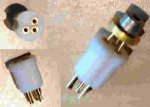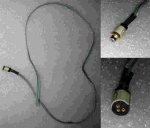I've just taken apart a few DVD burners.
First one is a LG GH22NP20. It's a 22x DVD burner and the Sony is 18x I think. LG's red diode is capable up to 450mA if I've read correctly and the Sony's is capable up to 290mA. Both diodes are 5.6mm and probably open can. Again, I'm a noob, everything is possible.

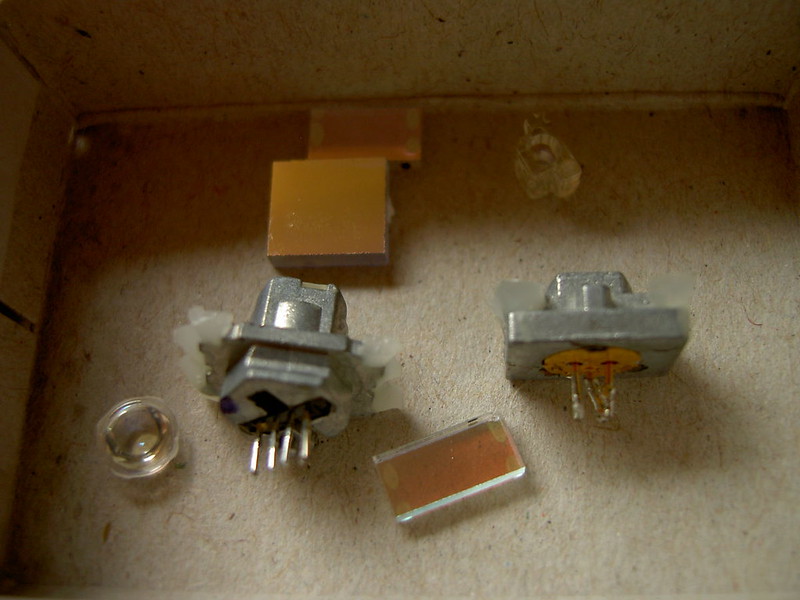
Now I know that one diode is IR and the other is red.
I can't take get the diodes out of the heatsinks (and since I don't have a module I don't want to really)
The round diode seems to be a 5.6mm and I honestly think the flat one is IR (I certainly hope so )
)
Now the Sony Optiarc AD-7170A.
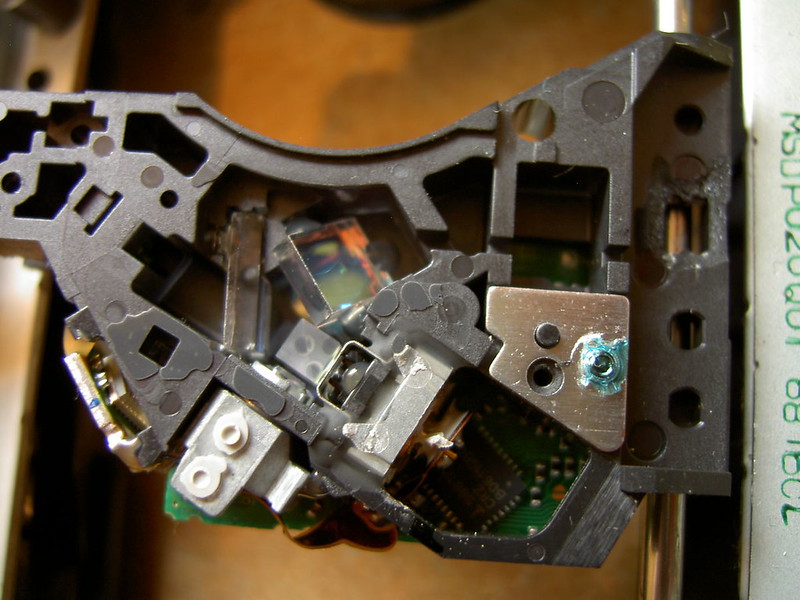
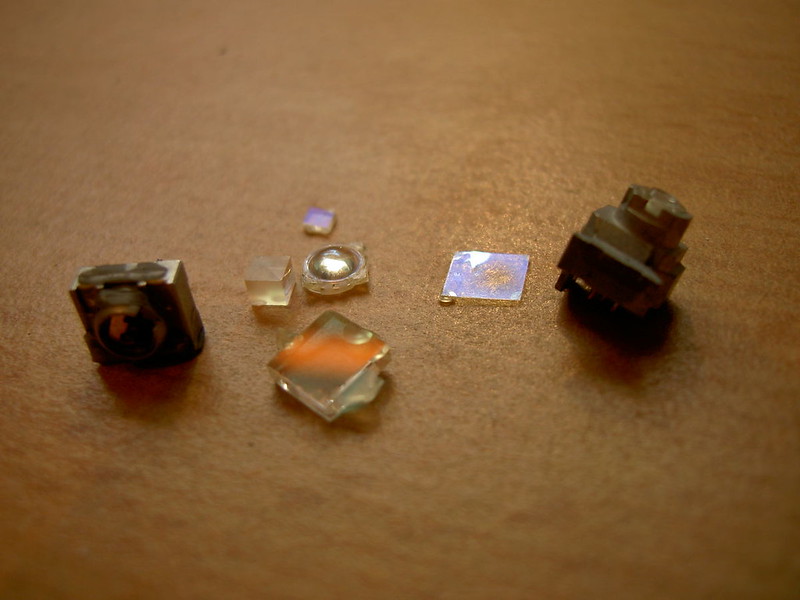
And here are all the tiny bits. Care to explain what they are?
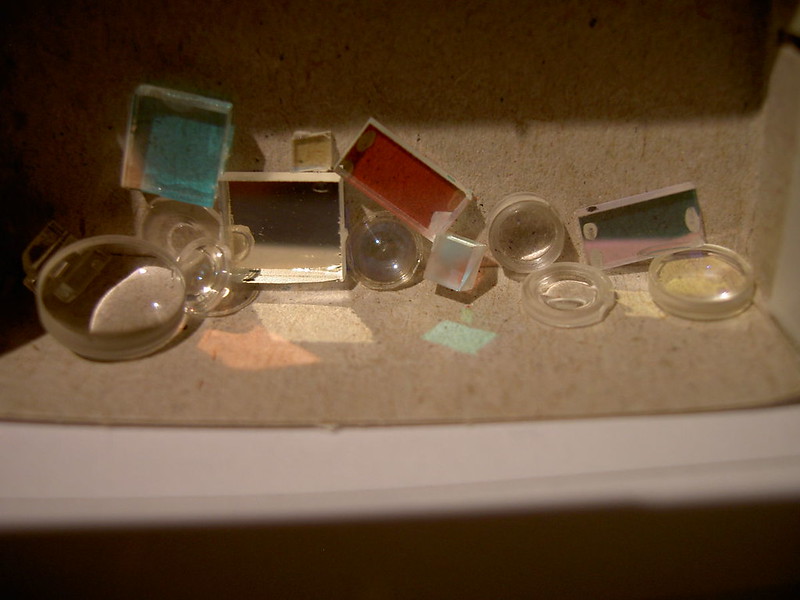
First one is a LG GH22NP20. It's a 22x DVD burner and the Sony is 18x I think. LG's red diode is capable up to 450mA if I've read correctly and the Sony's is capable up to 290mA. Both diodes are 5.6mm and probably open can. Again, I'm a noob, everything is possible.


Now I know that one diode is IR and the other is red.
I can't take get the diodes out of the heatsinks (and since I don't have a module I don't want to really)
The round diode seems to be a 5.6mm and I honestly think the flat one is IR (I certainly hope so
Now the Sony Optiarc AD-7170A.


And here are all the tiny bits. Care to explain what they are?

Last edited:





